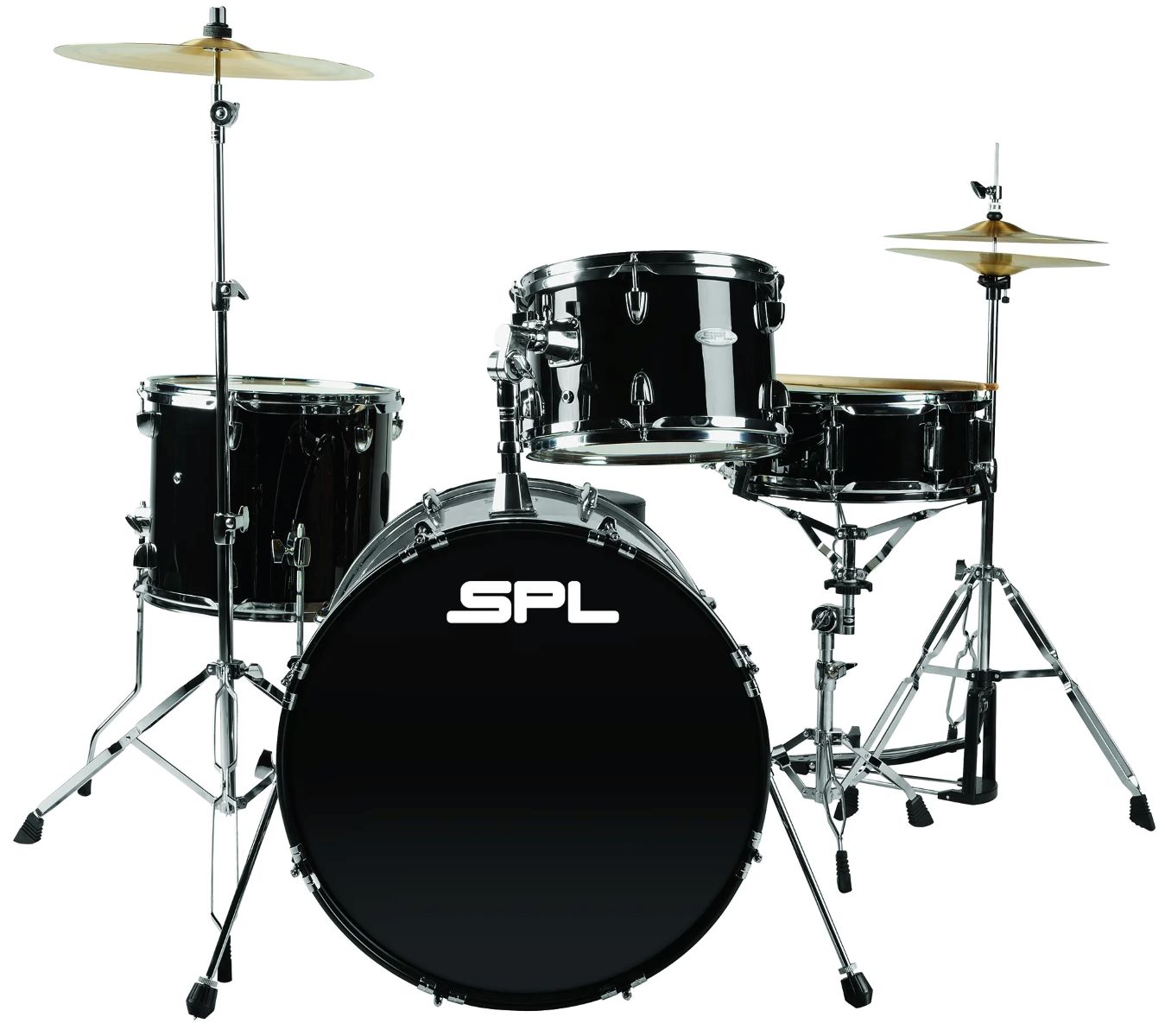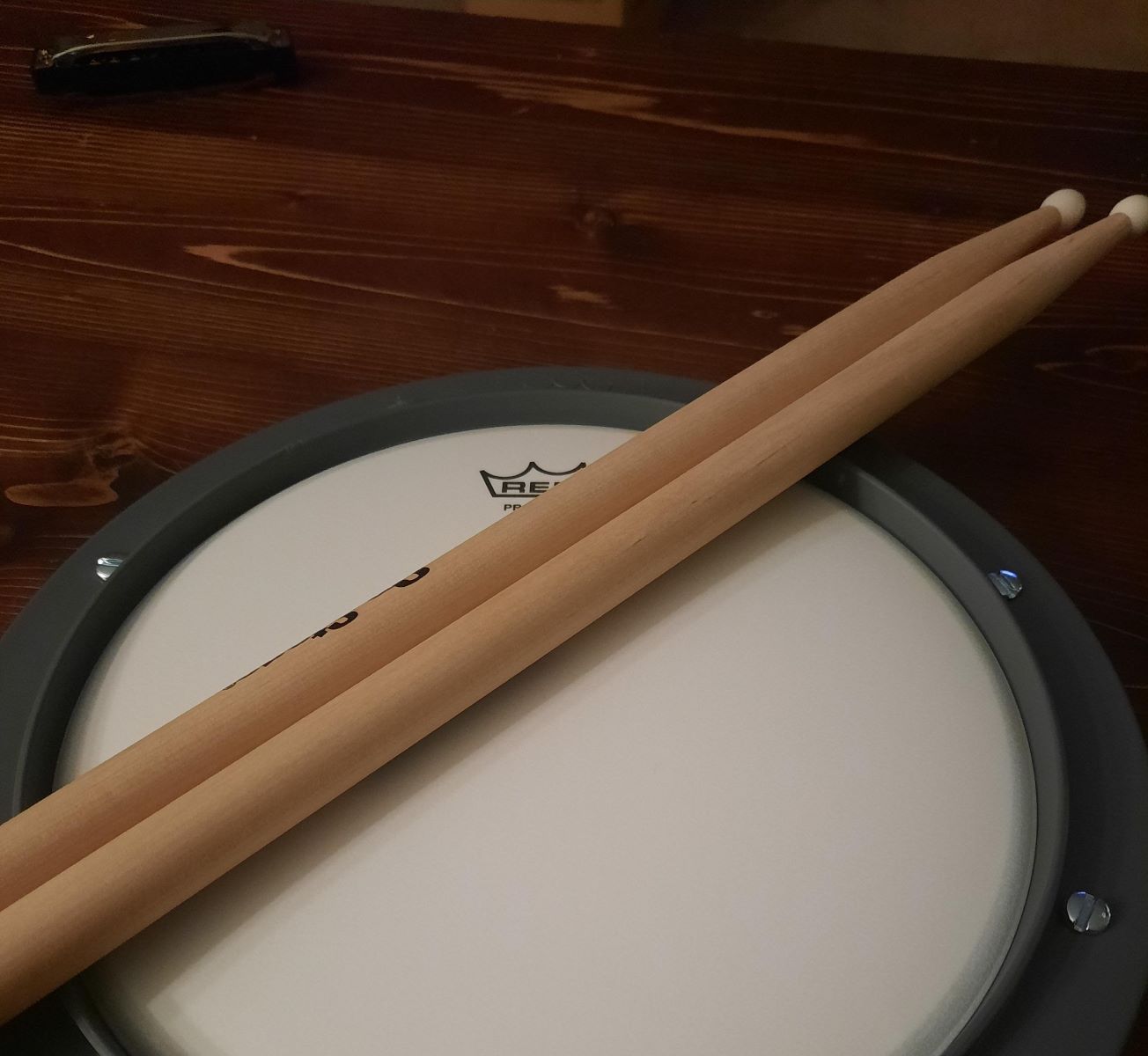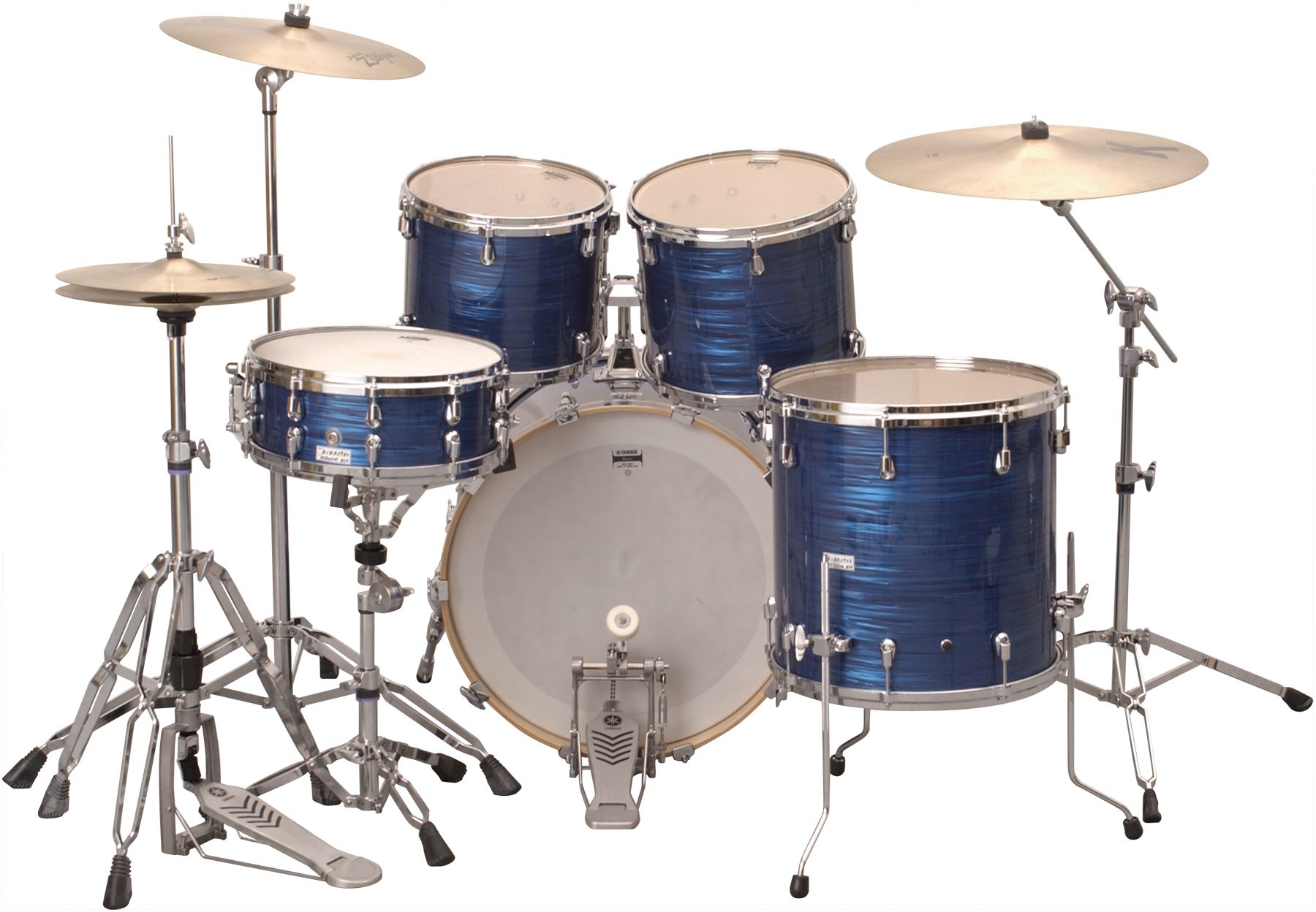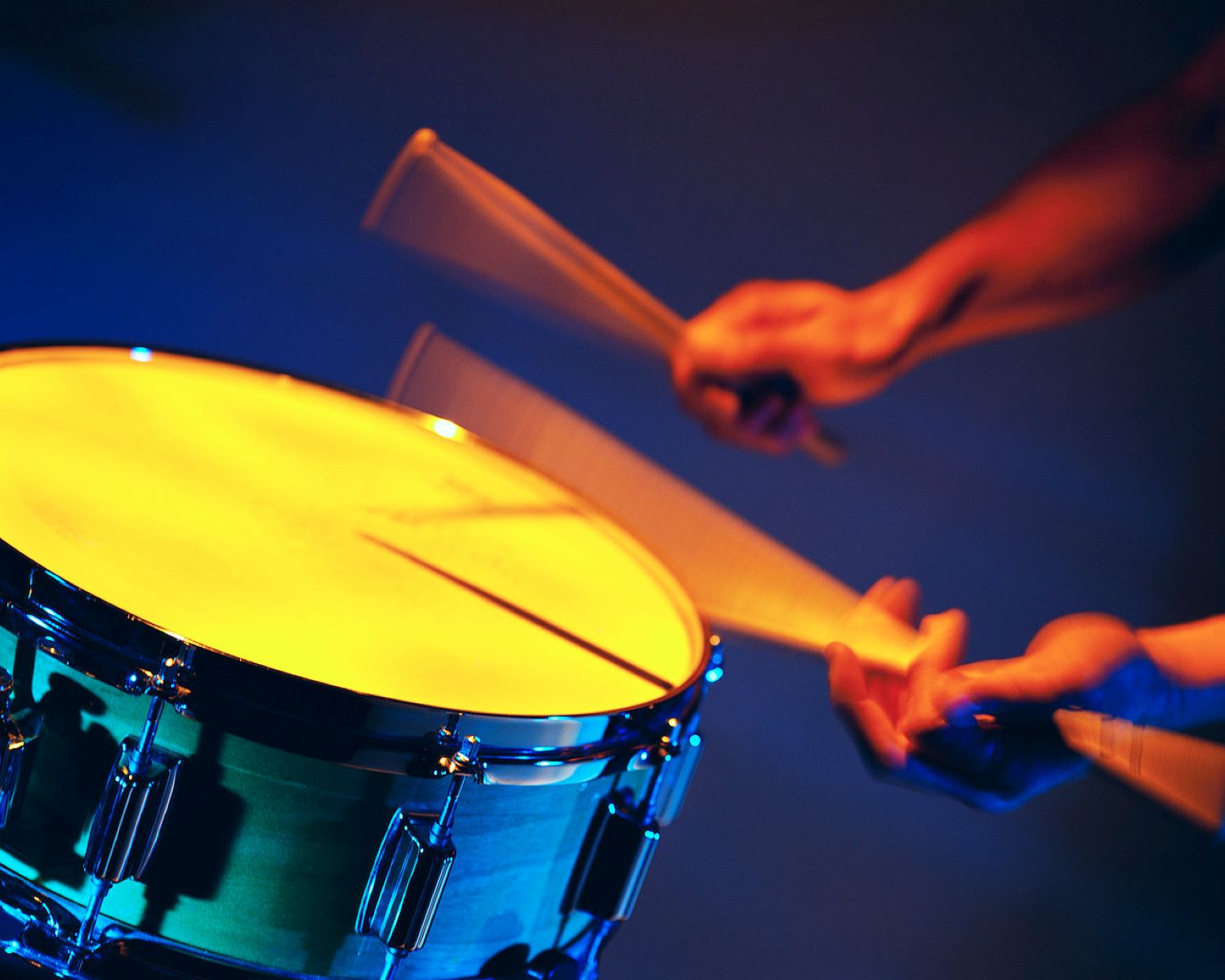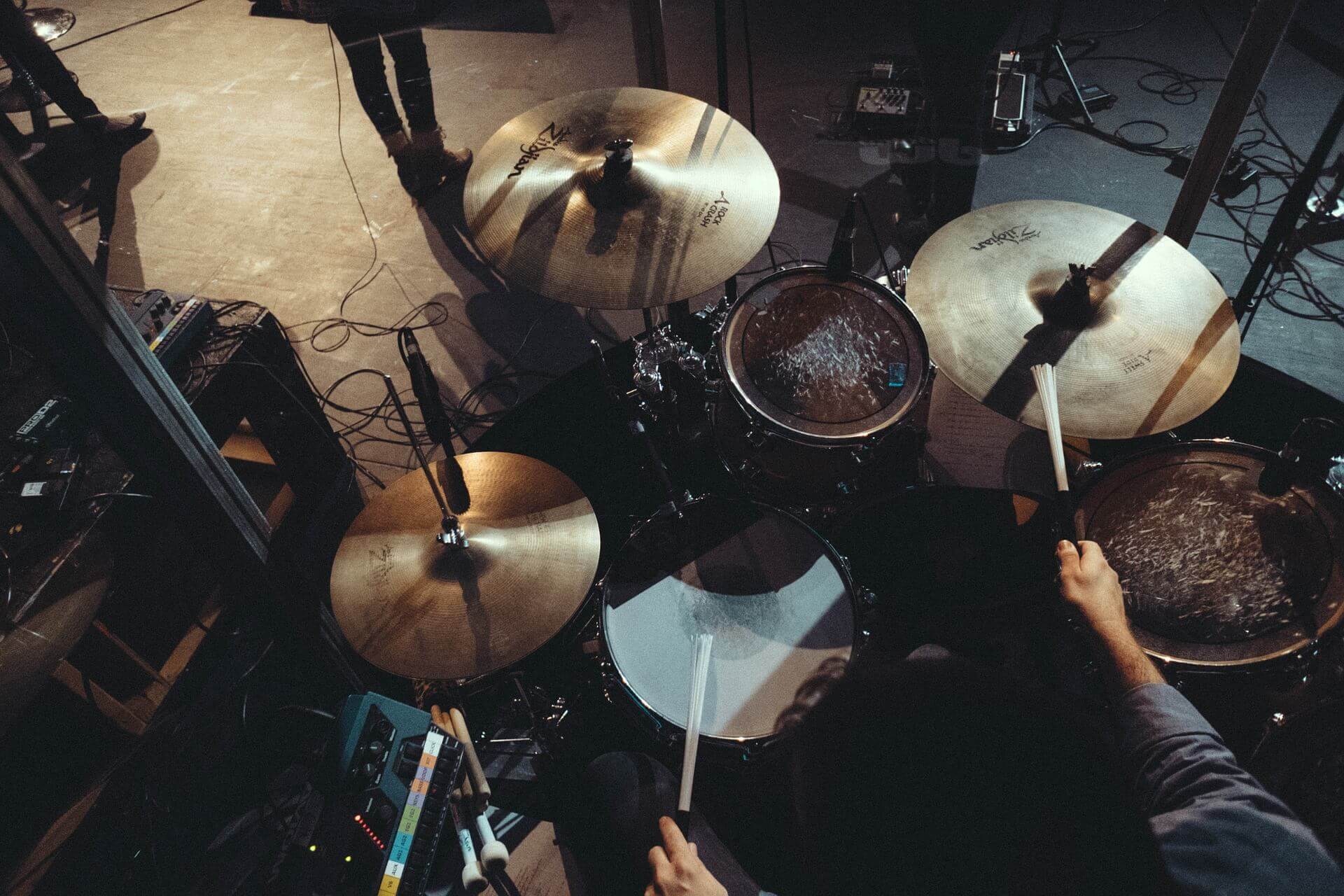Home>Instruments>Drums>How To Make Native Drums


Drums
How To Make Native Drums
Published: February 8, 2024
Learn how to make traditional native drums with our step-by-step guide. Discover the art of crafting drums and create your own unique instrument today.
(Many of the links in this article redirect to a specific reviewed product. Your purchase of these products through affiliate links helps to generate commission for AudioLover.com, at no extra cost. Learn more)
Table of Contents
Introduction
Native drums hold a special place in the history and culture of many indigenous communities around the world. These traditional instruments are not only musical tools but also bearers of stories, rituals, and connections to the natural world. Crafting a native drum is a deeply meaningful and spiritual process, often passed down through generations.
In this comprehensive guide, we will explore the art of making a native drum, delving into the materials needed, the intricate steps of crafting the drum shell, preparing the drumhead, assembling the drum, and adding personal touches through decoration. Whether you are a musician, a crafts enthusiast, or simply curious about the cultural significance of native drums, this step-by-step guide will provide you with the knowledge and inspiration to create your own beautiful and resonant instrument.
The process of making a native drum is a profound journey that requires patience, respect for tradition, and a deep connection to the natural materials involved. As we embark on this exploration, we will honor the time-honored traditions of indigenous communities and celebrate the rich tapestry of craftsmanship and culture that surrounds the art of drum making.
Join us as we venture into the heart of indigenous craftsmanship and creativity, and discover the art of making a native drum that resonates with tradition, spirit, and the rhythms of the earth.
Materials Needed
Before embarking on the journey of crafting a native drum, it’s essential to gather the materials that will bring your instrument to life. Each component plays a crucial role in creating a drum that not only produces captivating sounds but also embodies the cultural and spiritual essence of the tradition.
The following are the primary materials required for creating a native drum:
- Drum Frame: Traditionally, drum frames are crafted from wood, such as cedar, maple, or ash, to provide a sturdy and resonant structure. The size and shape of the drum frame can vary based on regional traditions and personal preferences.
- Rawhide: The drumhead is typically made from rawhide, sourced from animals such as deer, elk, or buffalo. The rawhide is carefully selected for its thickness, strength, and flexibility, as these qualities greatly influence the sound and durability of the drumhead.
- Lacing Material: Strong and durable lacing material, often leather or synthetic sinew, is used to secure the drumhead to the frame. The lacing not only provides structural integrity but also contributes to the visual aesthetics of the drum.
- Decorative Elements: Various decorative elements, such as natural pigments, beads, feathers, and symbolic imagery, are often incorporated into the drum design. These elements hold cultural significance and add a personalized touch to the instrument.
- Tools: Essential tools for drum making may include a sharp knife or scraper for processing rawhide, a sturdy awl for punching holes in the drum frame, and a hammer for securing the lacing. Traditional drum makers may also use specialized tools passed down through generations.
While these are the fundamental materials required for crafting a native drum, it’s important to approach the process with reverence and gratitude for the natural resources involved. The selection and preparation of materials are integral parts of the journey, allowing for a deep connection to the traditions and stories woven into each component.
With these materials in hand, we are ready to embark on the intricate and rewarding process of creating a native drum that resonates with history, culture, and the spirit of craftsmanship.
Making the Drum Shell
The drum shell forms the foundational structure of the native drum, providing the resonant chamber that amplifies its powerful and evocative sound. Crafting the drum shell is a meticulous process that requires precision, patience, and a deep understanding of the natural materials involved.
Here are the essential steps involved in making the drum shell:
- Selecting and Shaping the Wood: Begin by selecting a high-quality piece of wood for the drum frame. Traditional choices include cedar, maple, or ash, each prized for its resonance and durability. The wood is carefully shaped and smoothed to create a circular or oval frame, often using traditional hand tools that have been passed down through generations.
- Carving the Interior: Once the frame is shaped, the interior surface is carefully carved to achieve the desired depth and curvature. This step is crucial in determining the acoustics and tonal qualities of the drum. The craftsmanship and attention to detail during this stage greatly influence the overall sound produced by the instrument.
- Drilling Holes for Lacing: Precision-drilled holes are made along the perimeter of the frame to accommodate the lacing that will secure the drumhead. The spacing and alignment of these holes are critical in ensuring the structural integrity and even tension of the drumhead.
- Applying a Protective Finish: To safeguard the wood from environmental factors and enhance its natural beauty, a protective finish such as natural oils or varnish may be applied to the exterior of the drum shell. This step not only preserves the wood but also adds a lustrous sheen to the finished instrument.
The process of making the drum shell is a harmonious blend of craftsmanship and respect for the inherent qualities of the wood. Each step is imbued with tradition, cultural significance, and a deep connection to the natural world, resulting in a drum shell that serves as a testament to the artistry and heritage of indigenous craftsmanship.
With the drum shell meticulously crafted, we are ready to embark on the next phase of creating a native drum: preparing the drumhead, a step that will breathe life and resonance into the instrument.
Preparing the Drumhead
The drumhead is a vital component of a native drum, serving as the membrane that vibrates and produces the instrument’s distinctive sound. Crafting a resilient and sonorous drumhead requires careful selection, preparation, and a deep understanding of the unique properties of rawhide.
Here are the essential steps involved in preparing the drumhead:
- Selecting the Rawhide: The process begins with the careful selection of rawhide, often sourced from animals such as deer, elk, or buffalo. The thickness, texture, and overall quality of the rawhide are crucial factors that influence the tonal characteristics and durability of the drumhead. Traditional drum makers possess a deep understanding of the unique qualities of rawhide, allowing them to choose the most suitable material for their specific drum.
- Soaking and Softening: Rawhide is soaked in water to make it pliable and workable. This soaking process is essential for softening the rawhide, allowing it to be stretched tautly over the drum shell. The duration of soaking varies based on the type of rawhide and the desired characteristics of the drumhead.
- Stretching and Securing: Once softened, the rawhide is carefully stretched over the drum shell, ensuring that it is evenly tensioned to produce a balanced and resonant sound. Traditional lacing material, such as leather or synthetic sinew, is used to secure the rawhide to the frame, employing intricate weaving techniques that have been refined over generations.
- Drying and Shaping: As the rawhide dries, it conforms to the contours of the drum shell, resulting in a drumhead with optimal tension and tonal characteristics. The drying process may take several days, during which the drumhead is carefully monitored to achieve the desired tightness and resonance.
The preparation of the drumhead is a testament to the artistry and expertise of indigenous drum makers, who skillfully transform rawhide into a resilient and melodious membrane. Each step in this process embodies a profound connection to nature, tradition, and the timeless craft of creating instruments that resonate with cultural significance and spiritual resonance.
With the drumhead meticulously prepared, we are ready to move forward in our journey of crafting a native drum, as we assemble the drum and bring together its essential components in harmonious unity.
Assembling the Drum
Assembling the native drum is a pivotal stage in the crafting process, where the meticulously prepared drum shell and drumhead are brought together to create a harmonious and resonant instrument. This phase requires precision, care, and a deep reverence for the traditions that have guided indigenous drum making for generations.
The following are the essential steps involved in assembling the native drum:
- Aligning the Drumhead: With the drum shell prepared and the drumhead meticulously crafted and dried, the two components are carefully aligned. The edges of the drumhead are positioned evenly around the perimeter of the drum shell, ensuring a balanced and symmetrical fit.
- Lacing the Drumhead: Using traditional lacing material, such as leather or synthetic sinew, the drumhead is securely attached to the drum shell. The lacing process requires patience and precision, as the tension must be carefully adjusted to achieve the desired sound and responsiveness of the drumhead.
- Tuning the Drumhead: As the lacing is tightened, the drum maker listens closely to the sound produced by the drumhead, making subtle adjustments to achieve the optimal pitch and resonance. This step is a testament to the intimate connection between the drum maker and the instrument, as they fine-tune its voice to reflect the desired tonal qualities.
- Securing the Lacing: Once the drumhead is tuned to perfection, the lacing is securely fastened, ensuring that the tension is maintained and the drumhead remains firmly in place. The lacing pattern itself may hold symbolic significance, reflecting the unique traditions and stories of the indigenous community.
As the drum is assembled, each step is imbued with the spirit of craftsmanship and cultural significance, honoring the traditions and wisdom passed down through generations. The resulting instrument is not merely a collection of parts but a living embodiment of heritage, story, and the enduring connection between humanity and the rhythms of the earth.
With the drum assembled, we stand on the threshold of the final phase in our journey of crafting a native drum: adding personal touches and decorative elements that honor the instrument’s cultural roots and the creative spirit of its maker.
Decorating the Drum
Decorating a native drum is a deeply personal and creative endeavor, allowing the drum maker to infuse the instrument with symbolic imagery, cultural motifs, and artistic expressions that honor tradition and individuality. This phase of the drum-making process invites a harmonious blend of craftsmanship and storytelling, where each decorative element carries profound meaning and visual allure.
The following are the essential considerations and steps involved in decorating the native drum:
- Cultural Imagery and Symbolism: Drawing from the rich tapestry of indigenous culture, the drum maker may incorporate symbolic imagery that holds deep cultural significance. These motifs may represent elements of nature, ancestral wisdom, or spiritual connections, serving as visual narratives that resonate with the drum’s intended purpose and the traditions of its community.
- Natural Pigments and Dyes: Traditional natural pigments and dyes, sourced from plants and minerals, are often used to adorn the drum shell and drumhead. These vibrant colors not only enhance the visual appeal of the instrument but also reflect a deep reverence for the earth’s gifts and the timeless art of natural dyeing practiced by indigenous cultures.
- Adorning with Beads and Feathers: Intricate beadwork and the addition of feathers further embellish the drum, adding texture, movement, and a tactile dimension to its visual presentation. Beads may be intricately woven into patterns, while feathers are carefully selected and arranged to complement the drum’s design, infusing it with a sense of grace and spirit.
- Personalized Touches: The process of decorating the drum also allows for personal expression, as the drum maker infuses their unique creativity and vision into the design. Whether through subtle embellishments, personal symbols, or artistic flourishes, the decorative elements reflect the individuality and spirit of the maker.
As each decorative element is carefully applied, the drum becomes a canvas for storytelling, tradition, and the creative spirit of its maker. The resulting instrument is a testament to the enduring legacy of indigenous craftsmanship, where artistry and cultural significance intertwine to create an instrument that resonates with history, spirit, and visual splendor.
With the drum adorned with meaningful and artistic touches, our journey of crafting a native drum culminates in a celebration of tradition, creativity, and the profound connections that music, culture, and craftsmanship forge within the human experience.
Conclusion
As we conclude our exploration of crafting a native drum, we emerge with a profound appreciation for the artistry, tradition, and spiritual significance embodied in this timeless practice. The journey of creating a native drum is far more than a technical process; it is a cultural pilgrimage that honors the wisdom of indigenous communities and the enduring connection between humanity and the rhythms of the earth.
Throughout our journey, we have witnessed the meticulous selection of natural materials, the harmonious blending of craftsmanship and tradition, and the infusion of personal creativity into every aspect of the drum-making process. Each step reflects a deep reverence for the natural world, a celebration of cultural heritage, and a testament to the resilience and creativity of indigenous craftsmanship.
The native drum, as a result of this intricate and soulful process, emerges as more than a musical instrument. It is a living artifact of tradition, a storyteller of cultural narratives, and a conduit for spiritual expression. Its resonant voice carries the echoes of generations past, weaving together the threads of history, artistry, and the enduring power of music.
As we partake in the crafting of a native drum, we honor the traditions, stories, and wisdom of indigenous cultures, recognizing the invaluable contributions they have made to the world of craftsmanship and artistic expression. The drum stands as a symbol of resilience, creativity, and the timeless rhythms that unite us across diverse cultures and traditions.
May the spirit of indigenous craftsmanship continue to inspire us, fostering a deep appreciation for the interconnectedness of tradition, creativity, and the profound beauty that emerges when humanity and nature converge in harmonious unity.





